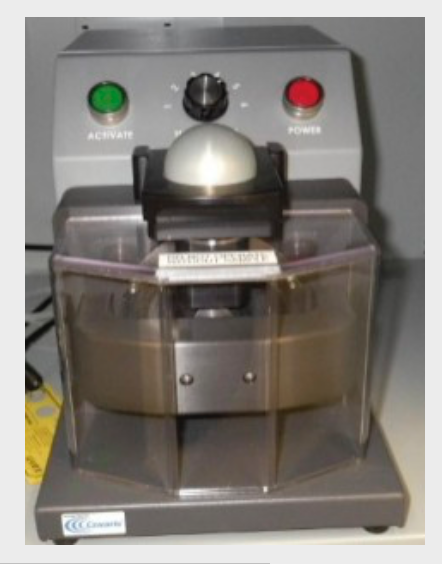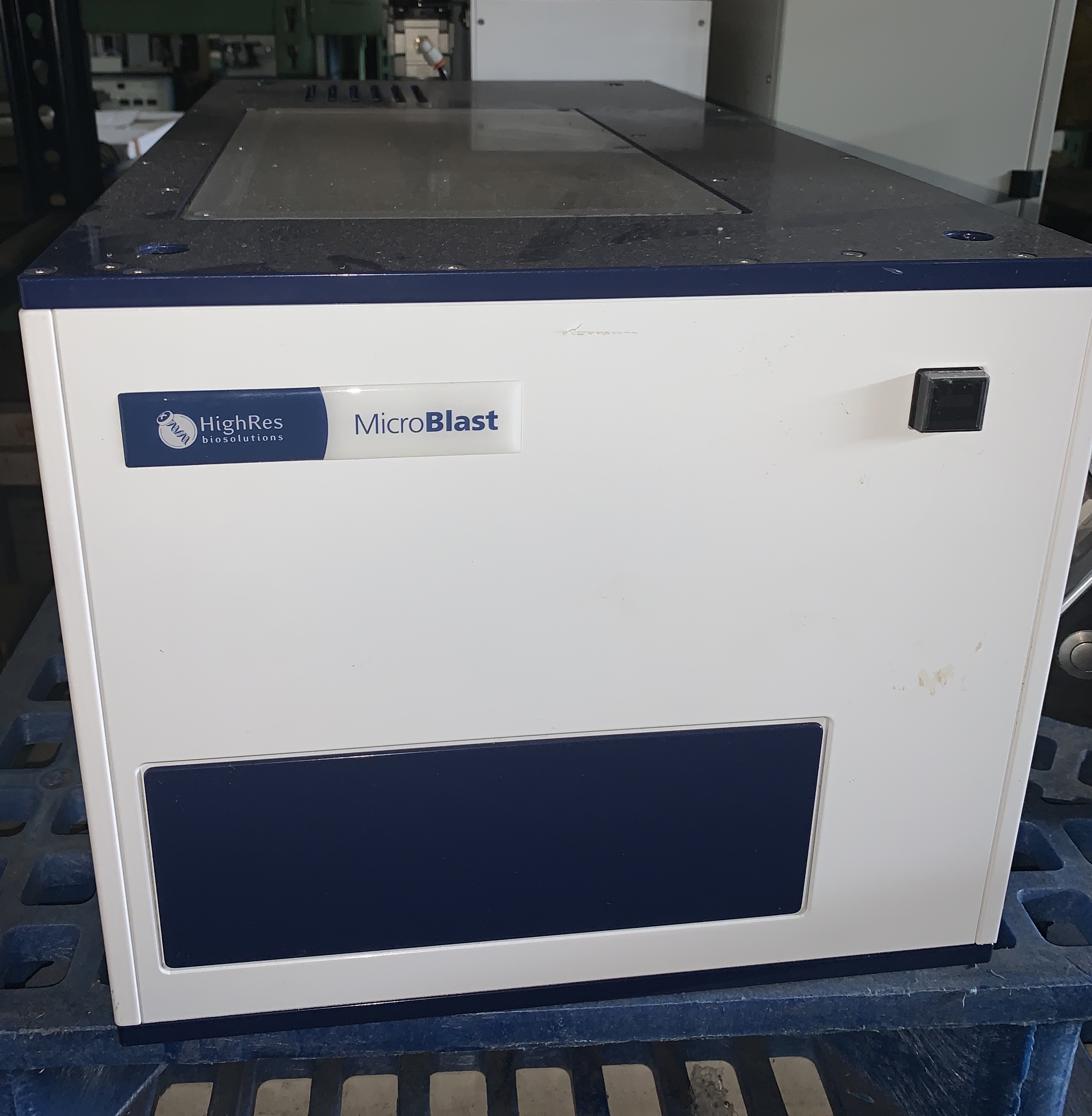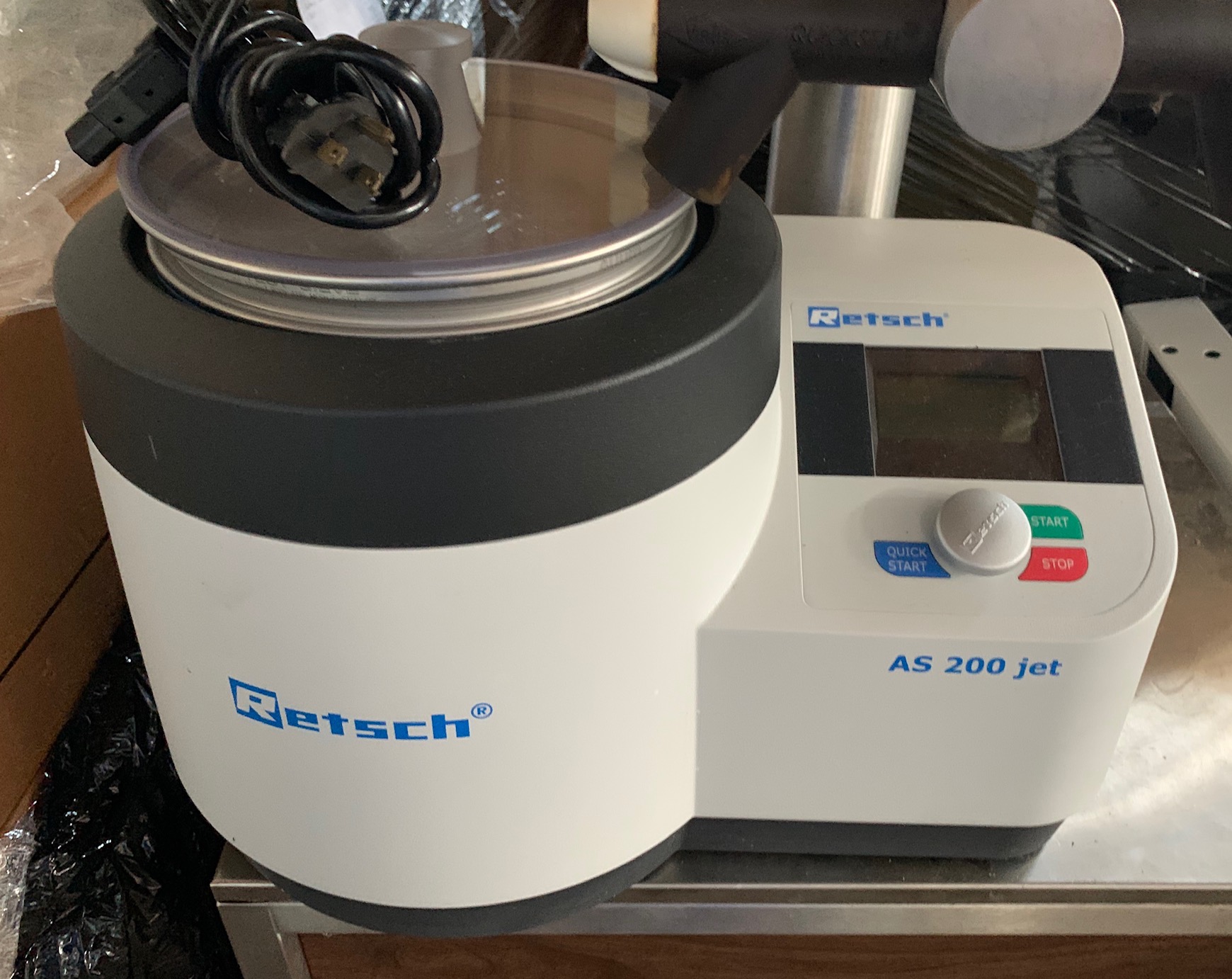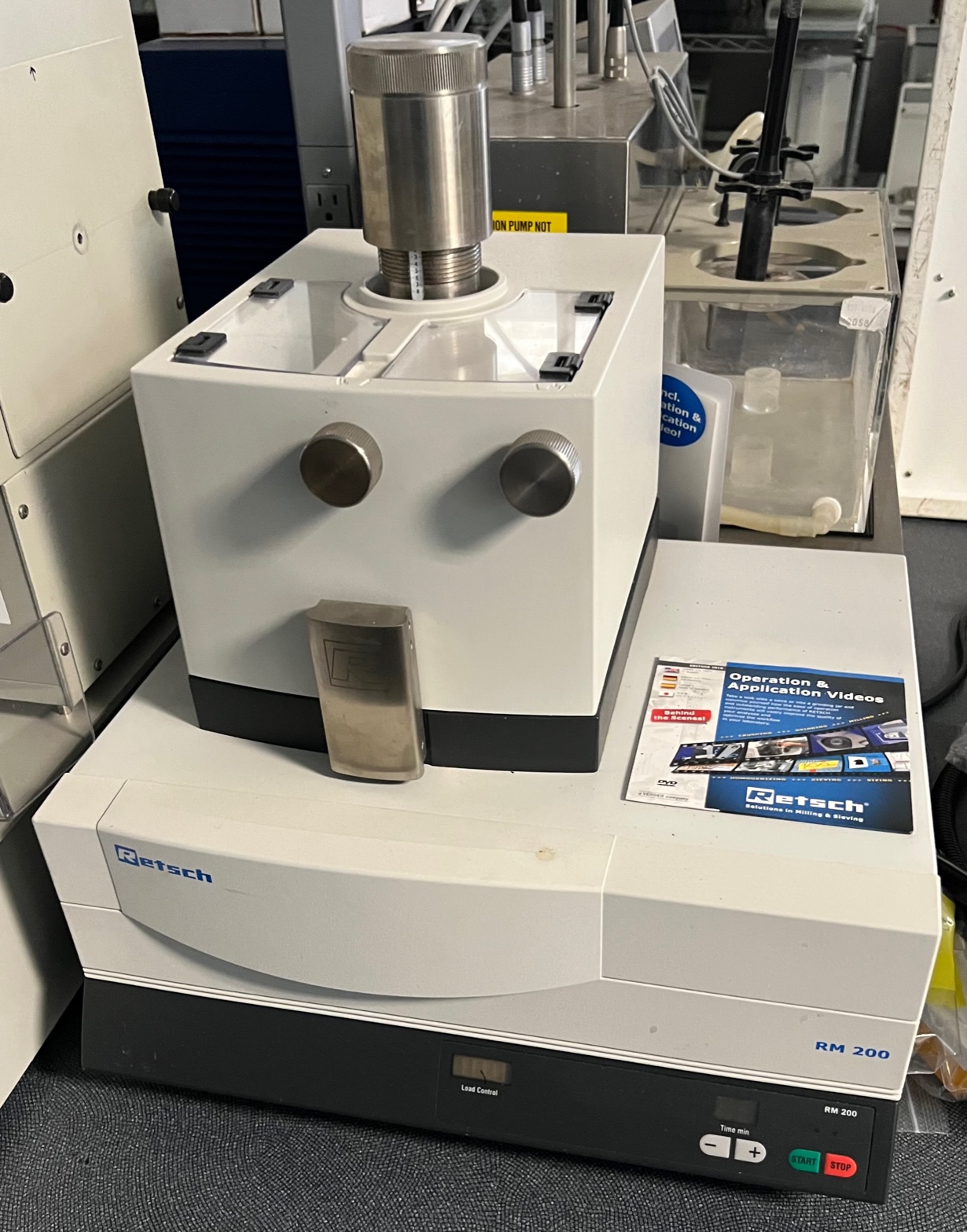Call us at 732 292-1994 or 800 867-6690 | Email us at triadscientific@gmail.com | Visite us on
PLANET BEST
Lab Instrumentation
Lab Equipment
Lab Furniture
Retsch Disc Mill DM 200 Retsch Mill NEW
Mills >> Retsch Disc Mill DM 200 Retsch Mill NEW
Retsch Disc Mill DM 200 Retsch Mill NEW
"Thanks to its robust design, the Disc Mill DM 200 can be used under rough conditions in laboratories and pilot plants, as well as online for the quality control of raw materials. The powerful DM 200 requires only a few minutes to achieve the desired grind size." (RETSCH)
Application Examples:
bauxit, cement clinker, chalk, chamotte, coal, coke, concrete, construction waste, dental ceramics, dried soil samples, drilling cores, electrotechnical porcelain, ferro alloys, glass, granite, gypsum, hydroxyapatite, ores, quartz, sewage sludge, sintered ceramics, slag, soils, steatite, ... continue to application database
Product Advantages:
excellent crushing performance
reproducible results due to accurate gap setting
hinged grinding chamber for easy cleaning
grinding discs with long working life
wide range of materials for contamination free grinding
connector for dust extraction
can be operated together with Jaw Crusher BB 200
Features
| Applications | preliminary and fine grinding |
| Field of application | chemistry / plastics, construction materials, engineering / electronics, geology / metallurgy, glass / ceramics |
| Feed material | medium-hard, hard, brittle |
| Size reduction principle | pressure, friction |
| Material feed size* | < 20 mm |
| Final fineness* | < 100 µm |
| Speed at 50 Hz (60 Hz) | 440 min-1 (528 min-1) |
| Material of grinding tools | zirconium oxide, hardened steel, tungsten carbide, manganese steel |
| Gap width setting | continuous, 0.1 - 5 mm |
| Collector capacity | 2.5 l |
| Drive | 3-phase geared motor |
| Drive power | 1.5 kW |
| Electrical supply data | different voltages |
| Power connection | 3-phase |
| Protection code | IP 55 |
| W x H x D closed | 440 x 400 x 870 mm |
| Net weight | ~ 140 kg |
| Standards | CE |
Please note:
*depending on feed material and instrument configuration/settings
"In the DM 200 the feed material enters the dustproof chamber from the filling hopper and is fed centrally between two vertical grinding discs. A moving grinding disc rotates against a fixed one and draws in the feed material. The necessary comminution effects are generated by pressure and frictional forces. The progressively arranged grinding disc meshing first subjects the sample to preliminary crushing; centrifugal force then moves it to the outer regions of the grinding discs where fine comminution takes place. The processed sample exits through the grinding gap and is collected in a receiver. The gap width between the grinding discs is continuously adjustable and can be adjusted during operation in the range between 0.1 and 5 mm; an additional observation window is provided for checking the gap setting." (RETSCH)
For additional details regarding this equipment, please visit http://www.retsch.com/products/miling/disc-mills/dm-200/ to download the product brochure and data sheet.








